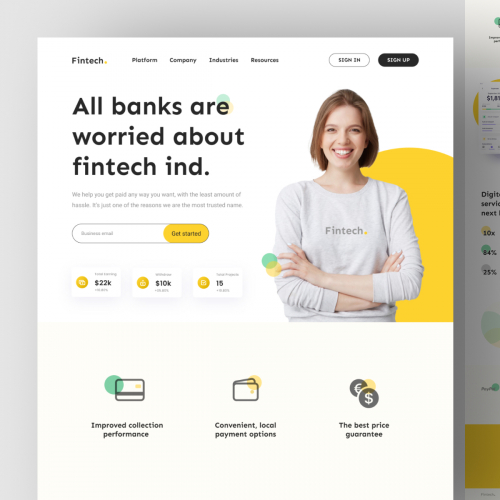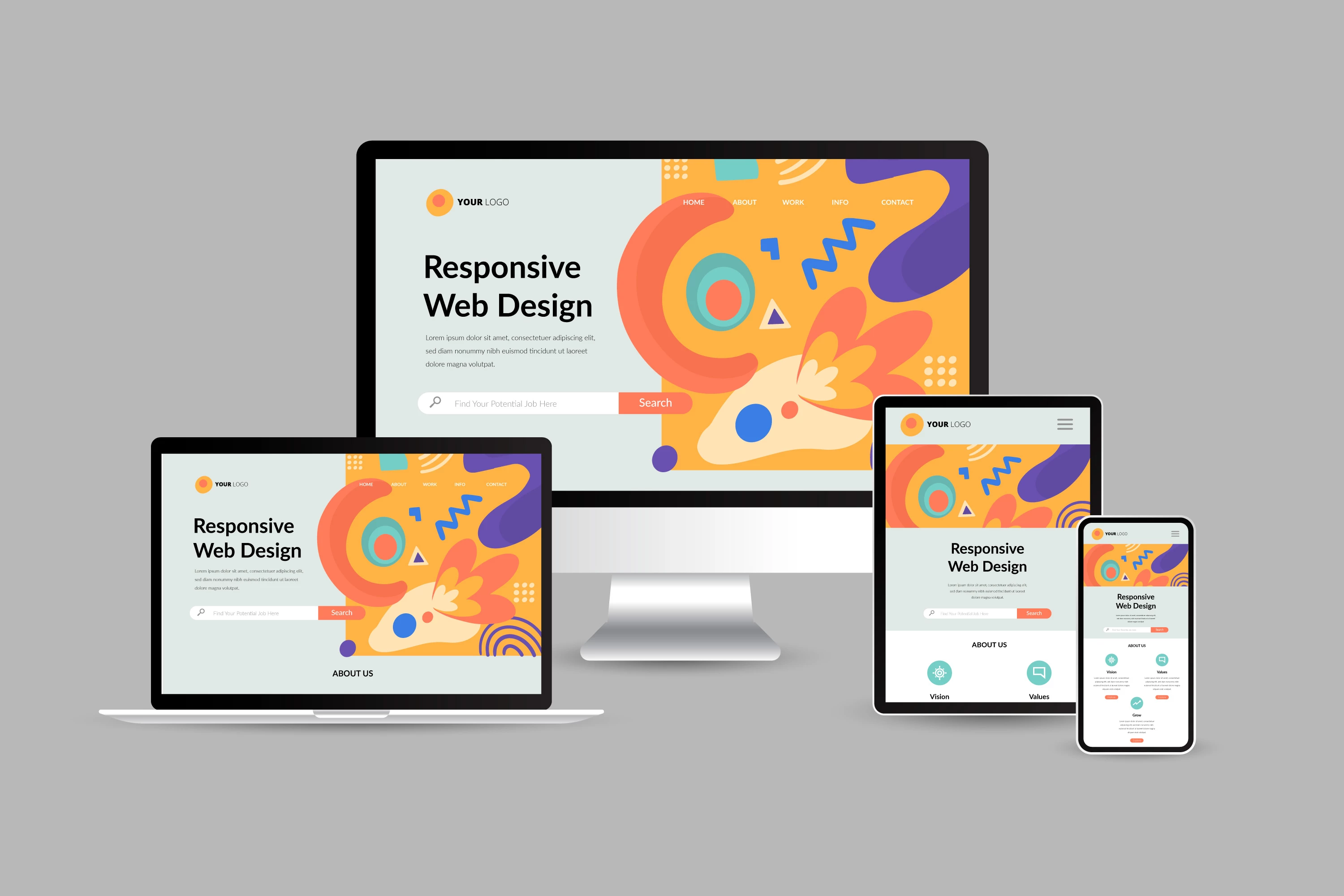Top Tips for Producing an Impactful Site Style That Converts
In today's electronic landscape, the significance of an impactful web site style can not be overstated, especially when it pertains to transforming visitors into customers. To accomplish this, one must think about a variety of aspects, including understanding the target market, focusing on customer experience, and enhancing for mobile platforms. Moreover, the tactical use of engaging call-to-actions and a well-defined visual pecking order plays an essential duty in leading customers through their trip. As we check out these crucial elements, it becomes evident that the success of your site pivots on greater than simply visual appeal; it calls for a thoughtful technique to layout and capability.

Understand Your Target Target Market
Comprehending your target audience is basic to efficient website style, as it lays the groundwork for producing an appealing individual experience. Identifying who your users are, including their demographics, choices, and behaviors, allows developers to tailor the internet site's content, format, and performance to meet particular demands.
Carrying out detailed market research is essential in this procedure. Surveys, interviews, and analytics can offer useful insights right into customer assumptions and discomfort factors. By compiling this data, developers can create user personalities that stand for various segments of the target market, ensuring that layout choices are educated and relevant.
In addition, understanding the target market aids in choosing appropriate style elements such as shade systems, typography, and imagery that resonate with individuals. An internet site that talks straight to its target market cultivates a sense of connection and count on, encouraging longer sees and greater conversion rates.
Ultimately, a user-centered technique to website design not just improves user contentment yet likewise supports organization objectives by driving engagement and commitment. By focusing on the demands and choices of the target audience, a website can effectively serve its function and accomplish wanted results.
Prioritize Individual Experience
To boost the total performance of a website, prioritizing customer experience (UX) is vital (Website Design). A properly designed UX makes sure that site visitors can navigate the site effortlessly, locate information swiftly, and involve with material meaningfully. This brings about raised customer fulfillment and higher conversion prices
Begin by executing instinctive navigation. Menus ought to be rationally structured, enabling users to locate crucial locations of the site with minimal initiative. Consistency in style components, such as color plans and fonts, fosters familiarity, which is vital for maintaining individual involvement.
Additionally, consider the packing speed of your site. A delay of just a few secs can bring about considerable drop-offs, as users are much less most likely to await a slow-loading page. Simplifying pictures and maximizing code can enhance performance and preserve site visitors.
In addition, quality in content presentation is essential. Use succinct, appealing language and break up text with visuals to boost readability. By prioritizing user experience, you not just develop a more pleasurable setting for site visitors yet likewise reinforce your brand's credibility. Inevitably, a concentrate on UX is an investment in the long-term success of your site.
Enhance for Mobile Devices
Optimizing for smart phones is critical in today's electronic landscape, where a raising variety of individuals accessibility web sites with mobile phones and tablets. A mobile-friendly style not only enhances individual experience however likewise plays a significant function in improving search engine positions. To achieve this, it is crucial to take on a responsive style that automatically readjusts to numerous display dimensions and orientations.

Packing rate is one more crucial element; mobile users are usually less person and expect fast access to info. Maximize photos and utilize browser caching to boost performance. Lastly, examination your web site on numerous devices and display resolutions to recognize and correct any type of possible functionality problems. By focusing on mobile optimization, you guarantee that your website remains competitive and effectively engages a wider audience.
Use Engaging Call-to-Actions
A site's effectiveness typically depends upon its capability to guide visitors toward preferred actions, making compelling call-to-actions (CTAs) vital parts of layout. CTAs act as the crucial factors that guide users to involve with the website, whether that implies purchasing, registering for a newsletter, or downloading and install a source.
To develop effective CTAs, clearness is paramount. Use succinct language that plainly interacts the activity you want the customer to take. Phrases such as "Start," "Join Free," or "Shop Now" not just convey necessity however also get rid of obscurity. The positioning of CTAs is similarly vital; they ought to be tactically positioned throughout the webpage to guarantee they are conveniently noticeable, particularly in high-traffic areas.
In addition, the design of CTAs ought to stick out without being noticeable. Employ contrasting shades and clear fonts to guarantee they record focus. In addition, think about utilizing directional hints, such as arrowheads or photos, to lead users towards these buttons. By concentrating on these components, businesses can significantly boost individual involvement, driving conversions and ultimately accomplishing their website's objectives.
Concentrate On Visual Power Structure
Effective site layout depends heavily on a well-structured visual pecking order that guides customers via content flawlessly. By arranging aspects in a way that prioritizes information, developers can boost user experience and promote decision-making. This involves utilizing size, shade, contrast, and spacing strategically to accentuate the most essential components of a page.
Making use of larger typefaces for headings and subheadings establishes a clear difference in between different sections, enabling users to scan content easily. Additionally, employing different colors for switches and calls-to-action can catch customer focus and motivate interaction. Whitespace is an additional essential element; it stops clutter and makes it possible for users to concentrate on key messages without distractions.
Images and graphics ought to match the message while also adhering to the established pecking order, enhancing the total message (Website Design). Uniformity in layout components, such as shade systems and typography, additional enhances the visual pecking order, making navigating user-friendly

Verdict
To conclude, reliable website design necessitates a comprehensive understanding of the target audience, prioritization of individual experience, and mobile optimization. The strategic usage of engaging call-to-actions and a distinct aesthetic pecking order additionally boosts user engagement. By executing these principles, page web sites can accomplish higher conversion prices, making sure that style elements not only draw in site visitors however also assist in seamless navigating and interaction. Ultimately, a well-executed internet site style functions as an essential part in driving customer actions and attaining company purposes.